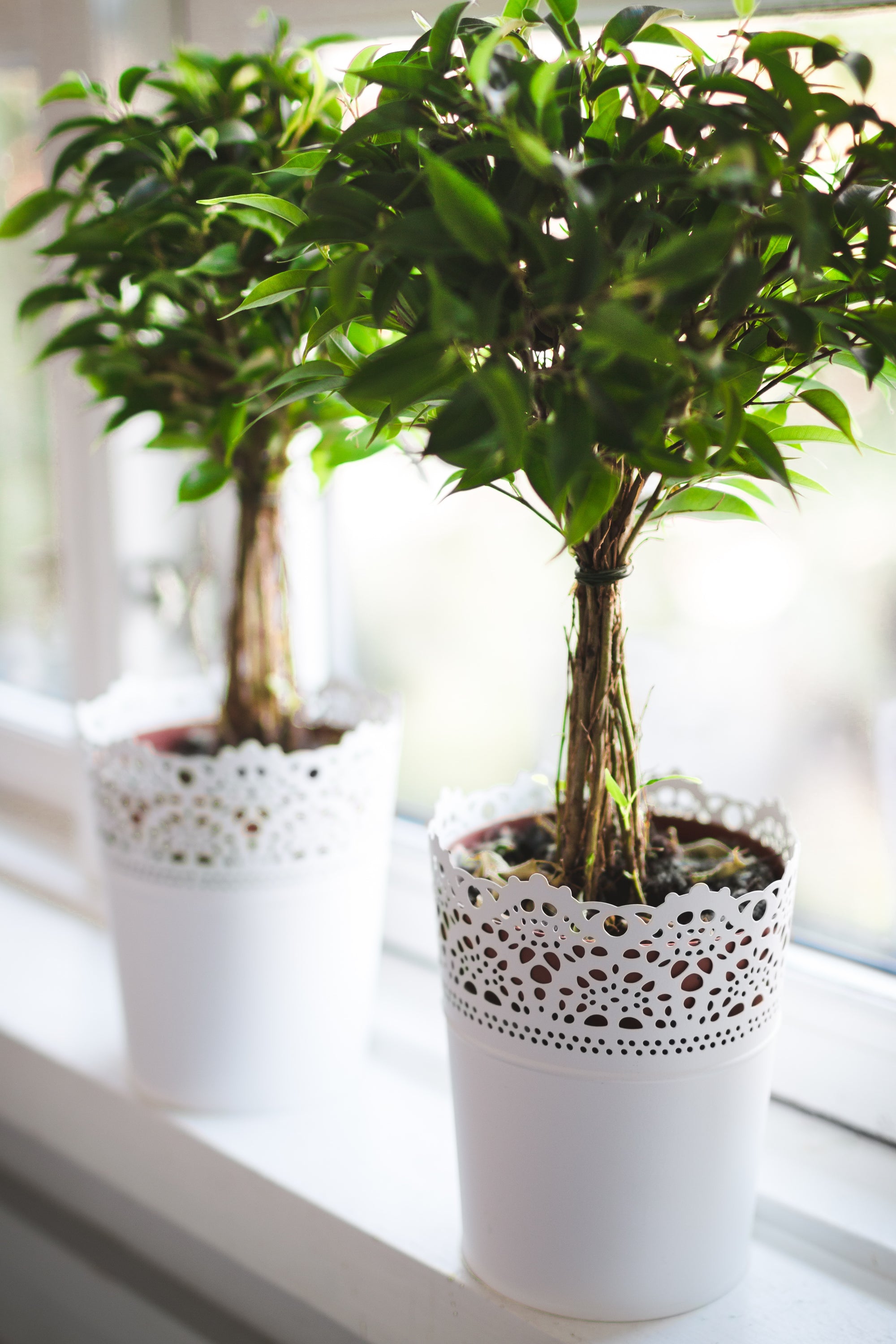Why Calcium is Crucial for Plant Growth: Functions, Deficiency Signs, and Fertilizer Tips
•Posted on December 27 2017

Calcium is an often overlooked but essential nutrient for plants. Many gardeners may not realize just how crucial it is for plant health and development. This article provides an in-depth exploration of calcium's role in plant growth and offers practical advice on how to ensure your plants get the calcium they need to thrive.
By reading this article, you will learn about:
-
The Role of Calcium in Plant Growth: Understand how calcium functions in plants, including its role in forming cell walls and activating essential plant enzymes.
-
Nutrient Categories for Plants: Learn the distinction between primary nutrients (Nitrogen, Phosphorus, Potassium), micronutrients (Calcium, Iron, Zinc, etc.), and trace elements (Molybdenum, Nickel, etc.), and why calcium is critical, especially for certain plants like tomatoes.
-
Calcium Deficiency in Plants: Discover the symptoms of calcium deficiency, including withered or distorted new leaves, and blossom end rot, which is common in tomatoes, peppers, and cucumbers.
-
The Factors Affecting Calcium Absorption: Explore how factors like high humidity or cold weather can affect calcium absorption in plants by slowing the process of transpiration.
-
Preventing and Correcting Calcium Deficiency: Find out the best calcium supplements and fertilizers to use, such as Calcium Nitrate, Cal-Mag, Dolomite, and Bone Meal, based on your gardening style (organic or conventional).
-
Balancing Nutrient Levels: Learn how to avoid nutrient imbalances caused by too much calcium, which can compete with magnesium and potassium uptake.
-
Calcium Fertilizer Solutions: Discover the types of calcium-rich fertilizers and nutrient solutions available, including water-soluble and hydroponic options, to meet the specific needs of your plants.
Whether you're gardening in soil or using hydroponics, this guide will equip you with the knowledge to ensure your plants receive the right amount of calcium for optimal health and growth.
The Function of Calcium in Plants

The nutrients plants need are categorized into three different categories — main nutrients, micro nutrients and trace elements.
Nitrogen, Phosphorus, and Potassium are considered primary nutrients.
Calcium — along with Iron, Zinc, Manganese, Magnesium, Sulfur, etc — is a micro nutrient and some elements such as Molybdenum, Nickel, Selenium, etc are considered trace elements.
Even though the main nutrients are very important for most plants, Calcium is even more important for some plants, such as tomatoes.
In the form of Calcium Pectate, Calcium holds the cell walls of plants together. It also activates specific plant enzymes, which send signals to the plant cells that coordinate certain growth activities.
Unfortunately, Calcium is not a nutrient that's mobile in plants, so to prevent a Calcium deficiency, it's important to use a Calcium supplement such as Calcium Nitrate or Cal-Mag fertilizer regularly.
However, if you are growing organically, Dolomite and/or Bone Meal are great Calcium supplements.
Why Do Plants Need Calcium?
If your plants don't get the right amount of Calcium, new plant tissues — such as the tips of the roots, shoot tips, and young leaves — can't properly form. Also, the more mature plant tissues will begin to wither faster than they would if your plants had enough Calcium.
What Are the Symptoms of Calcium Deficiency in Plants?
If your plants have a Calcium deficiency, chances are, you'll first start to notice it as the plants begin producing new leaves or buds.
Because the plants don’t have enough Calcium to form proper cell walls, they might appear withered or distorted right away.


Another common symptom of Calcium deficiency is blossom end rot, which is very common in tomatoes, peppers and cucumbers.

Plant growth and the amount of calcium a plant absorbs relies on transpiration — the process in which the plant's roots take nutrients from the soil and transports them to the parts of the plant where new growth is happening.
Elements that slow transpiration, such as high humidity or cold weather, can induce Calcium deficiency.
To prevent this from happening, apply a Calcium fertilizer to your plants. If you prefer organic methods, Bone Meal and Dolomite are good substitutes for Calcium Nitrate and Cal-Mag.
The good news is, while Calcium deficiency can be a problem, Calcium toxicity doesn't normally happen.
However, it's important to keep in mind too much Calcium can compete with Magnesium and Potassium uptake, causing their deficiencies.
So in order to maintain proper levels of all nutrients, make sure your fertilizer solution has Calcium levels less than 200 parts-per-million (ppm).
Fortunately, Calcium deficiency isn't difficult to prevent or correct. Simply use your preferred Calcium fertilizer or a Calcium supplement to achieve the desired Calcium levels when you're gardening.
Conclusion:
In summary, maintaining proper calcium levels is crucial for ensuring your plants grow strong and healthy. Calcium plays a vital role in plant health, contributing to strong cell walls, proper enzyme activation, and overall growth. Understanding its function and the symptoms of deficiency, such as distorted leaves and blossom end rot, is essential for any gardener aiming to maintain healthy plants. Factors like humidity and cold weather can impede calcium absorption, making it important to choose the right supplements and fertilizers to ensure your plants receive adequate nutrients. Balancing calcium with other nutrients like magnesium and potassium is also key to avoiding imbalances.
Whether you prefer synthetic, organic, or specialty fertilizers, you can find high-quality calcium solutions at Greenway Biotech to meet your gardening needs.
Related Posts:
Comments
1 Comments
-

Posted by Amos muba | May 20, 2020
Leave a CommentI have liked your notes